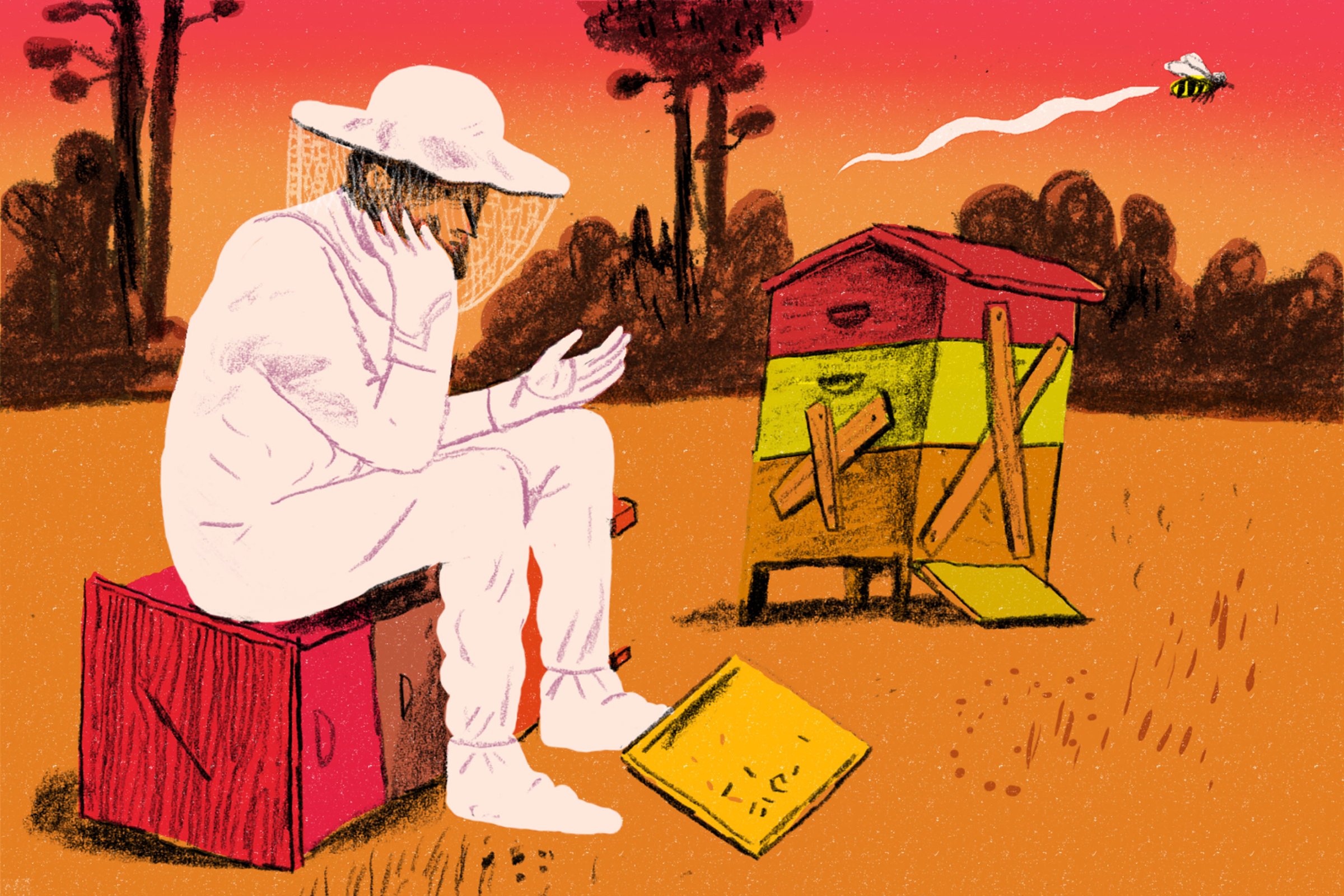
From almonds to cherries, dozens of food crops are partially or totally dependent on honeybee pollination. And while media attention has waned, there’s still reason to worry about the country’s smallest and most indispensable farm workers.
Bee researchers first reported massive die-offs back in the 1990s. But the plight of the honeybee didn’t truly buzz into the national consciousness until the spring of 2013, when data revealed the average beekeeper had lost 45% of her colonies the previous winter. A mysterious phenomenon known as colony collapse disorder (CCD) further stoked the fires of public interest.
Jump to 2015. While last winter’s bee death data won’t be published for a few more weeks, things appear to be “status quo,” says Dr. Greg Hunt, a honeybee expert at Purdue University. Unfortunately, the status quo is grim. “We’ve been seeing about 30% loss in an average winter,” Hunt says. “The winter before last was particularly bad and got a lot of attention, but things have been bad for a while.”
You Asked: Your Top 10 Health Questions Answered
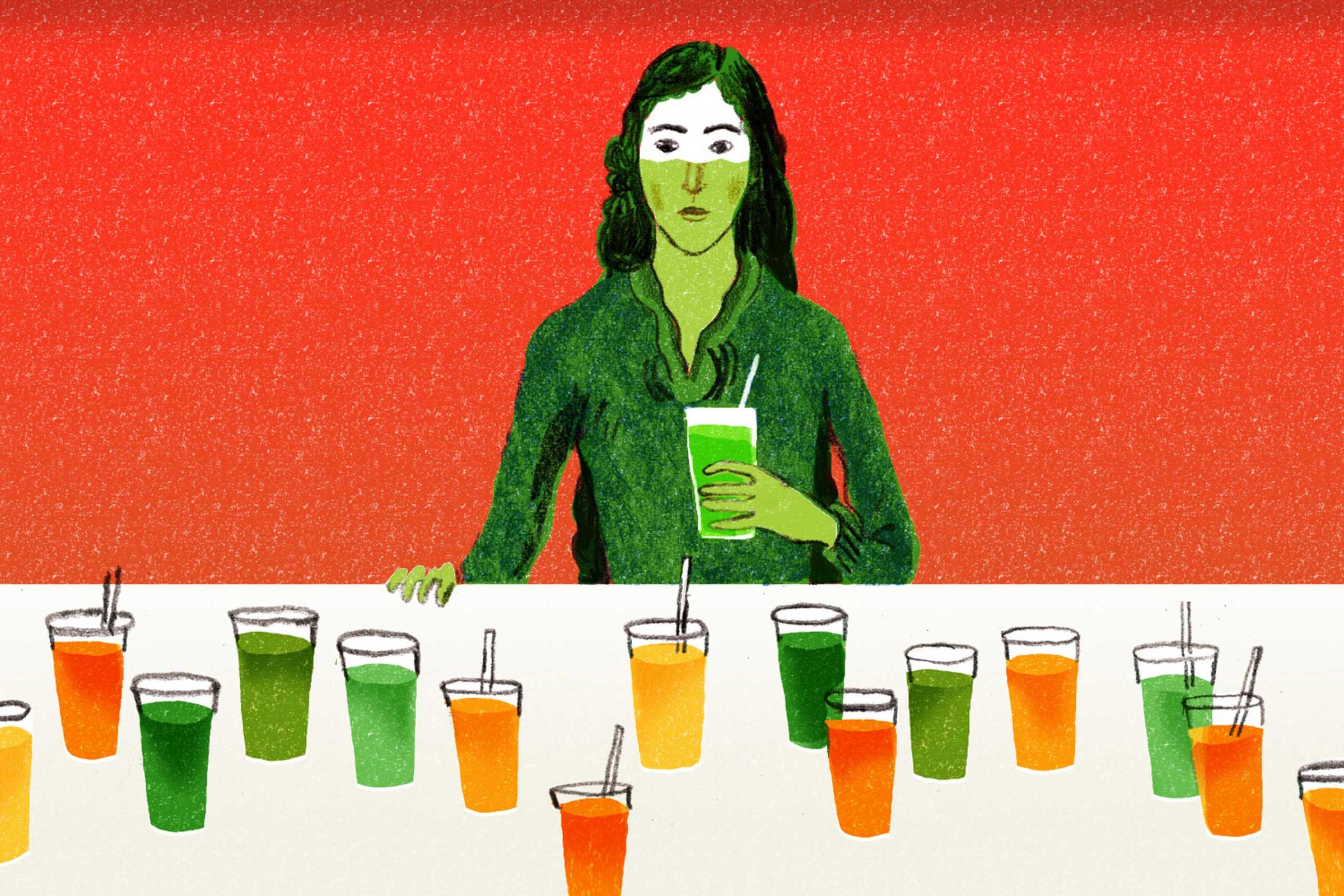

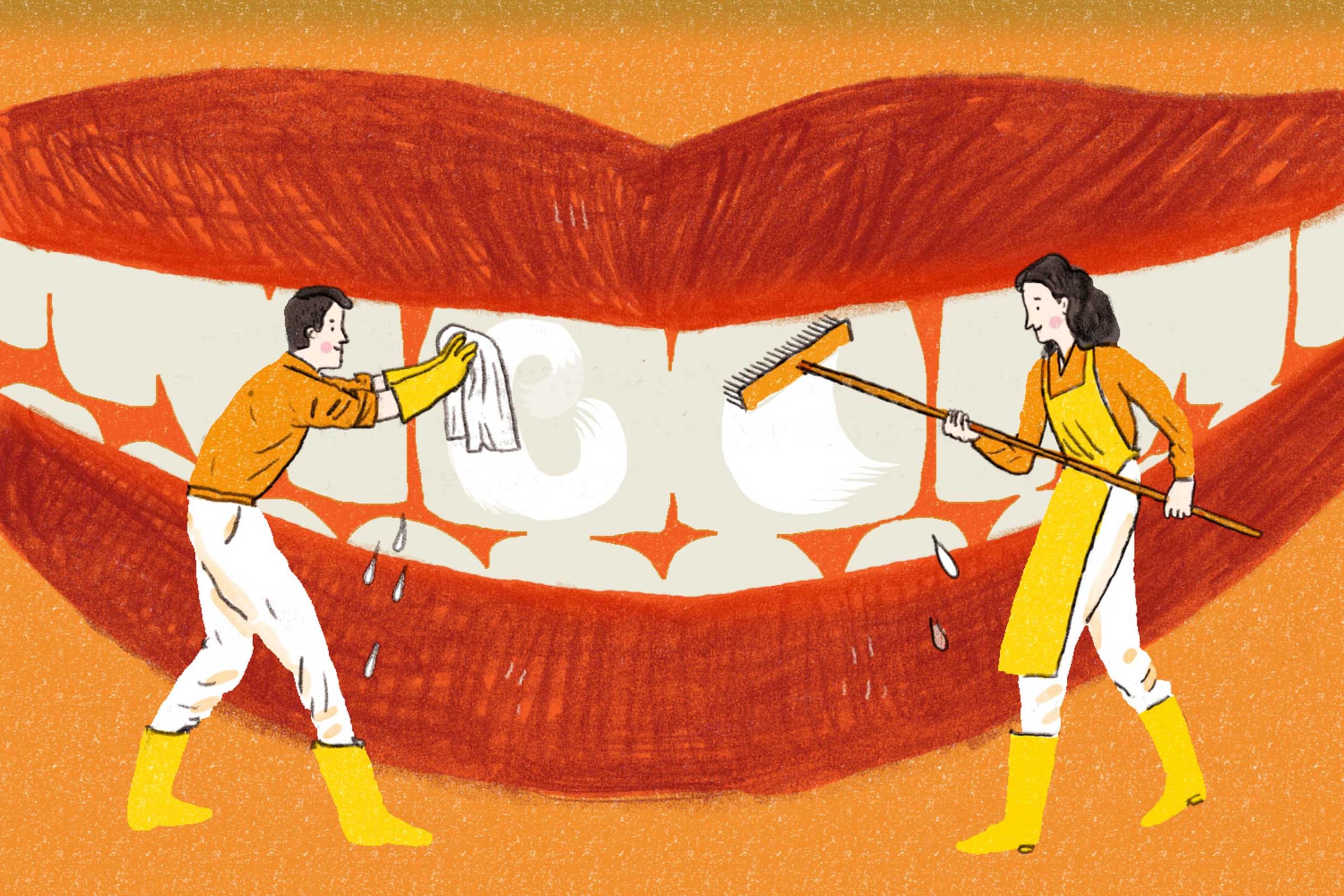

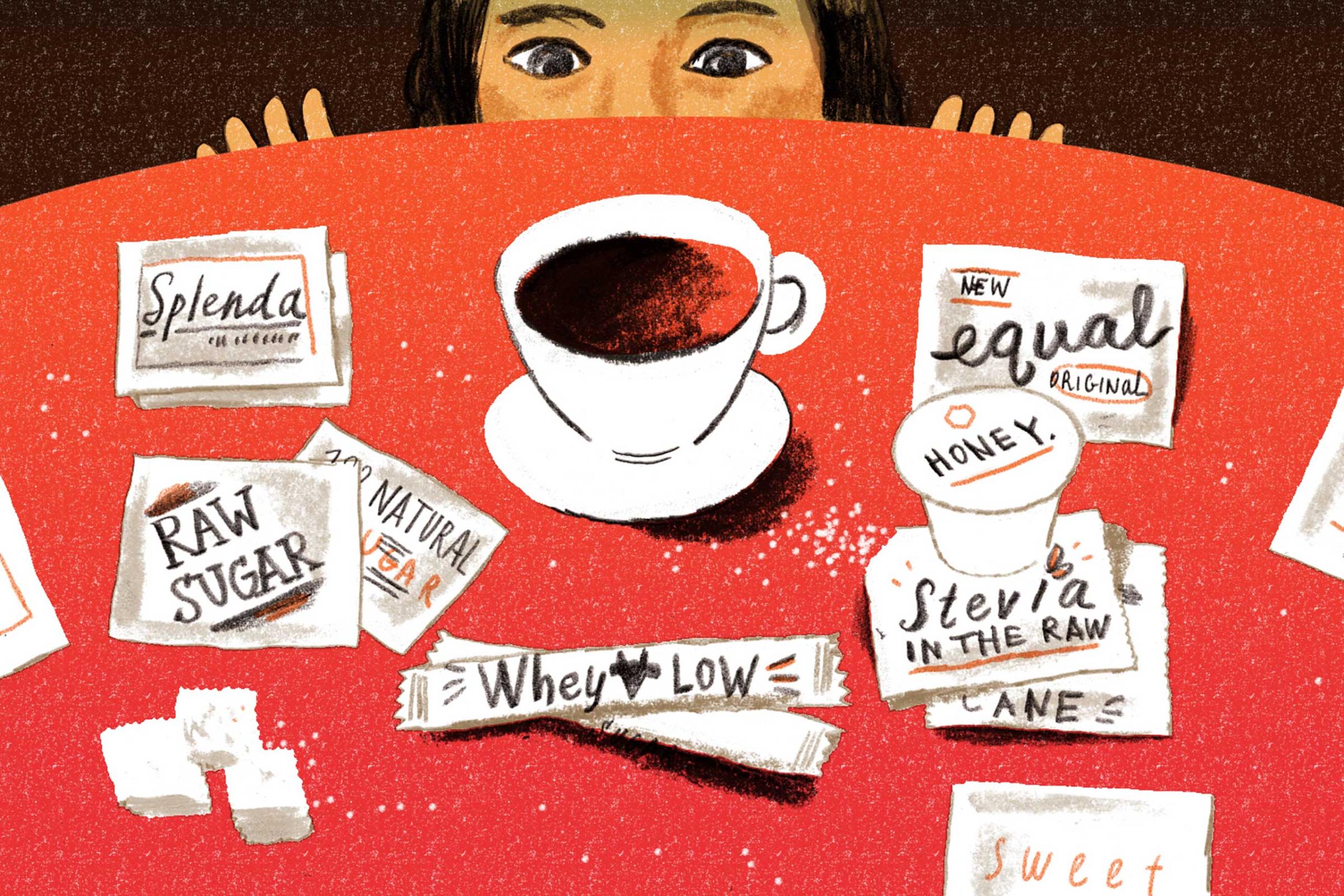



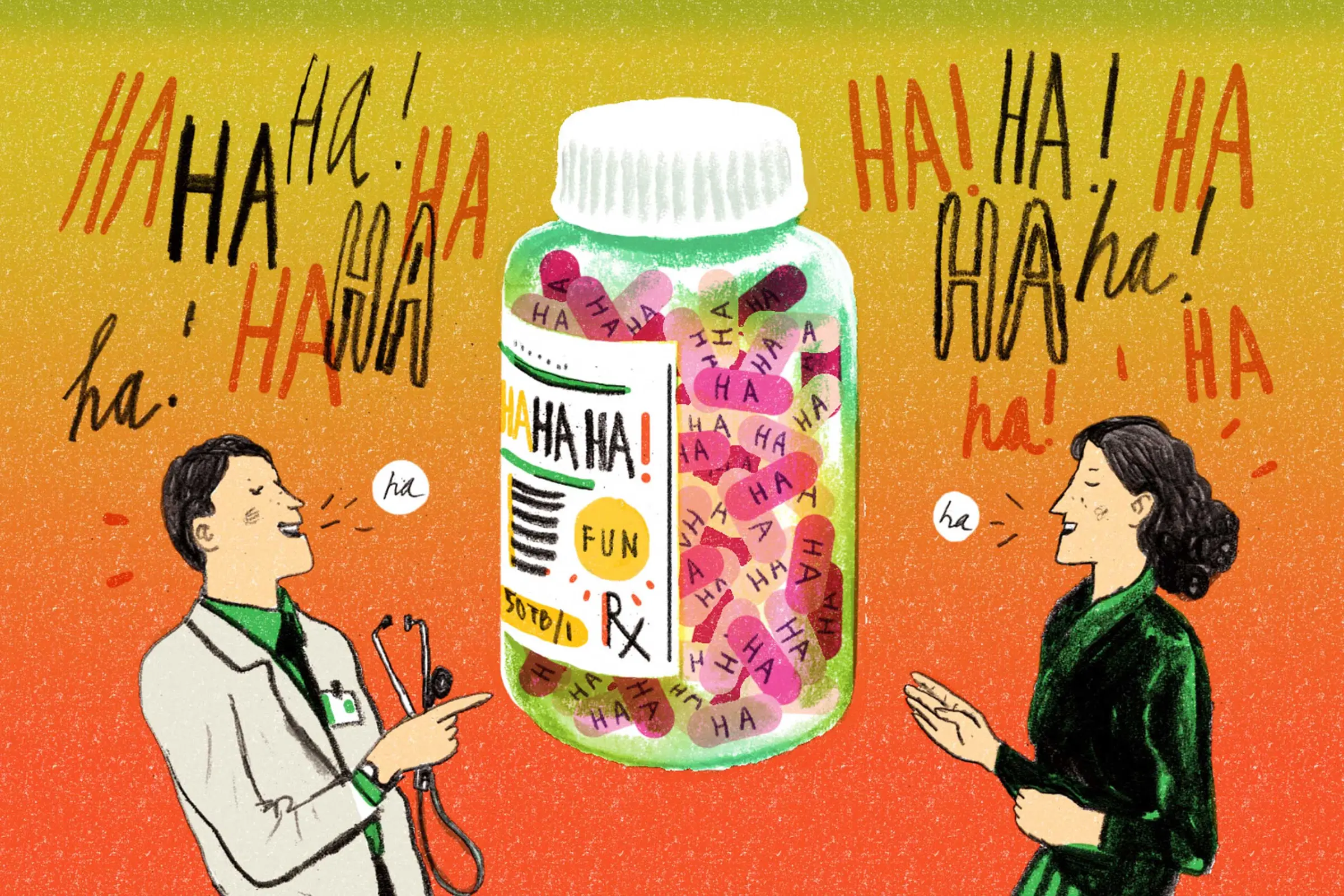

Dr. Dennis vanEngelsdorp—a University of Maryland entomologist who helps collect and publish the winter death data each spring—says there are three “primary drivers” of honeybee loss: The varroa mite, pesticides and poor nutrition. He doesn’t hesitate when asked to name the largest threat to bees: “I’d get rid of the varroa first.”
Varroa mites, properly (and frighteningly) named Varroa destructor, likely migrated to the U.S. sometime in the 1980s. They attach to a honeybee’s body and suck its blood, which kills many bees and spreads disease to others. The varroa can jump from one colony to another, wiping out whole populations of honeybees, vanEngelsdorp explains. There are treatments that combat the varroa. But many small-scale beekeepers don’t use them. “That’s bad, because they can spread mites to neighboring colonies,” he adds.
Of the two other major bee-killers vanEngelsdorp listed, pesticides have arguably gotten the most press—especially a commonly used category called neonicotinoids. While considered safe for humans, research suggests neonicotinoids may be extremely harmful to bees and many other insects, and so have been banned in some European countries. But the amount these chemicals contribute to bee deaths and colony collapse disorder is still debated. “We don’t find levels of neonicotinoids that are indicative of widespread exposure or harm,” vanEngelsdorp says.
The third problem—poor nutrition—is likely the most confounding of the honeybee’s enemies.
“Bees need a varied diet of different pollens in order to grow into strong, healthy workers,” explains Dr. Heather Mattila, a honeybee biologist at Wellesley College. Unfortunately, a country once filled with meadows of diverse, pollen-packed wildflowers is now blanketed by crops, manicured lawns, and mown fields barren of pollen sources. “A green space can be a green desert if it doesn’t have flowering plants that are bee-friendly,” Mattila adds.
Combine a restricted diet with environmental factors like extremely cold winters and scorching summers, and stressed honeybee colonies are less able to resist the ravages of mites, pesticides, viruses and other potential causes of colony collapse disorder.
To fill nutrition gaps, beekeepers give their wares pollen supplements. Along with tactics like colony splitting, keepers can restore their bee supplies quickly during the spring and summer months. But Hunt says the cost to do this is large—and growing larger. “As long as beekeepers are willing to put more money and hard labor into it, we can come back and rebuild our colonies and numbers,” he explains. “But whether this is all sustainable is an open question.”
Mattila calls this a “Band-Aid,” not a cure. “I think we’re making the best of a tough situation,” she says. Both she and Hunt applaud companies and localities that have started letting wildflowers grow along the sides of highways or under rural power lines—places that used to be mown and sprayed with herbicide. The federal government has also taken steps to protect lands that offer honeybees (and lots of other insects) the sustenance they need. Mattila says every American can help these efforts by planting flowers and avoiding chemical treatments.
But she mentions another emerging concern when it comes to the future of America’s honeybees: The strange, abrupt deaths of many bee queens. “When I started working with bees 18 years ago, we’d replace living queens every two years,” she recalls. “Now queens die after half a summer. Nobody is really clear on why.”
The “Band-Aid” she mentioned might already be coming off.
Read next: You Asked: Do Fruit Flies Come From Inside Fruit?
More Must-Reads from TIME
- Cybersecurity Experts Are Sounding the Alarm on DOGE
- Meet the 2025 Women of the Year
- The Harsh Truth About Disability Inclusion
- Why Do More Young Adults Have Cancer?
- Colman Domingo Leads With Radical Love
- How to Get Better at Doing Things Alone
- Michelle Zauner Stares Down the Darkness
Contact us at letters@time.com